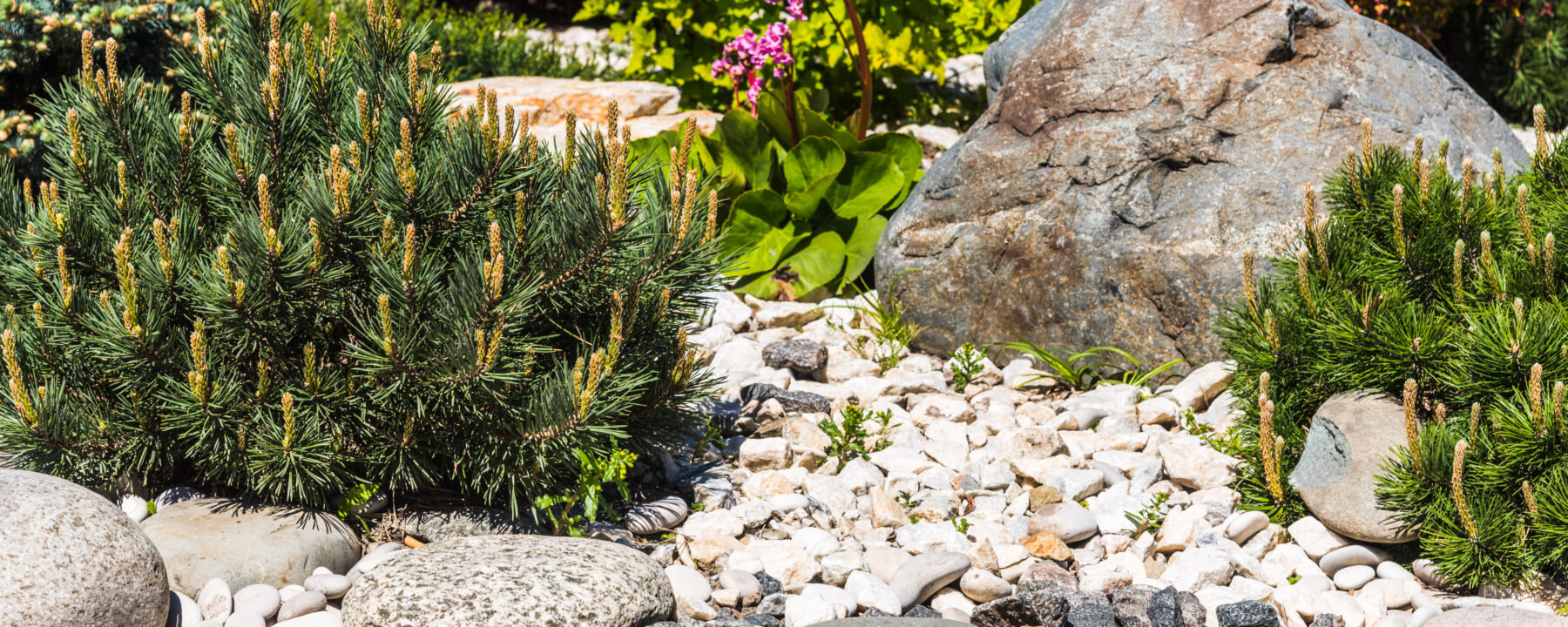Decorative Crushed Stone Techniques to Transform Spring Flowerbeds
March 8, 2024

Spring’s arrival stirs the desire for rejuvenation, particularly noticeable in garden flowerbeds. An intriguing idea includes the use of decorative crushed stone to elevate these flowerbeds into eye-catching displays. However, aesthetics aren’t the only advantages. These distinct stones provide multiple practical benefits that boost a flowerbed’s vitality. The selection of colors, sizes, and stone types delivers an opportunity to craft unique garden features. With these stones, the aim is not merely to appreciate a flowerbed’s beauty but to enhance it substantially.
Choosing the Right Crushed Stone for Your Garden
Why does selecting the correct crushed stone for the garden matter? Convenience, aesthetics, plant health, maintenance – these factors all come into play. The choice of crushed stone can seamlessly blend into the garden style, accommodate the needs of plants, and make the maintenance routines more manageable. The right stone can elevate any garden from pleasant to truly eye-catching.
Take, for instance, the popular trio of pea gravel, river rock, and decomposed granite. Each offers a diverse set of benefits and aesthetic tones for all sorts of garden spaces, particularly in and around flowerbeds.
Pea gravel, with its smooth surface and varying colors, offers an elegant, neutral backdrop suitable for most flowerbed designs. Its round edges make it comfortable to walk on, and its dense packing aids in preventing weed growth.
In contrast, river rock stands out with its wide range of colors and sizes. From small pebbles to large boulders, river rock can supply an array of textures within a flowerbed. This stone type excels in water drainage, making it a top choice for plants with a preference for well-drained soil.
Decomposed granite, on the other hand, creates a beautiful sandy texture, its earthy hues granting a subtle, more organic feel to a garden. Additionally, it packs well, makes for excellent pathways, and offers good erosion control.
Designing with Crushed Stone
There are countless creative methods to integrate these vibrant materials into a garden setting. One such strategy involves forming imaginative patterns using crushed stone. Play with different stone colors and sizes to create stunning mosaics in any flowerbed. This can be strikingly beautiful against the soft, lively blooms of spring flowers.
Borders in flowerbeds offer aesthetic and practical benefits. Constructing them using crushed stone boosts visual appeal and distinguishes specific areas or paths, providing an orderly and neat look. Furthermore, these borders safeguard the plants inside from unwanted intrusion.
Crushed stone can be strategically used to create attention-grabbing points in a garden. Piles or groupings of vividly colored stones can deliver dramatic shades, drawing attention to certain qualities. Alternatively, a small mound can be created to showcase a special spring bloom, turning it into the garden’s main attraction.
Crushed stone not only provides ornamental value but also enhances the color and texture of spring flowers and leaves. Applying a layer of darkly hued stones around the root of brightly colored plants can deepen their appeal. In a similar manner, light, glistening stones can elevate the colors of ground-level floral plants, underscoring their innate beauty.
Preparation and Installation Tips
Initially, clear the area of any weeds or grass. Spray a non-selective herbicide to prevent further growth, ensuring to be careful not to damage any of the nearby plants that are meant to be kept. After a week or so, rake the area clean of any residue.
Next consideration? Drainage. It’s important to prevent water from pooling, as this can encourage weeds and impact the decorative stone’s appearance. Slight sloping or the addition of a proper drainage system could be the answer, based on the existing conditions of the flowerbeds.
Regarding installation, it’s a straightforward process:
Start by defining the boundaries for crushed stone. It’s feasible to use landscaper’s paint or even a simple garden hose to outline the shape. Next, introduce landscape fabric over the prepared area. This serves as a weed barrier and will also prevent the stone from sinking into the soil. Now, add the crushed stone. Scatter the stone within the marked boundary to a depth of about two inches for optimal coverage. Using a rake enables even dispersion. After lining the area with the crushed stones, gently pat down the stones using a lawn roller or even the flat end of a shovel. This ensures that the stones are deeply embedded, making them stable and less likely to shift.
Combining Crushed Stone with Other Elements
Crushed stone can also work well when blended with other decorative elements for an irresistible, cohesive look, such as mulch, pavers, or garden ornaments.
For instance, imagine a garden pathway made of smooth pavers or flagstone, lined on either side by crushed stone. The stone creates a soft, natural border that complements the solidity of the pavers. Its texture also offers an appealing contrast, adding depth to the garden landscape.
Now think of mulch. While it’s mainly used to inhibit weed growth and retain soil moisture, it can also be compatible with crushed stone. A light-colored crushed stone paired with a darker mulch could create a beautiful contrast that highlights your plantings and brings your garden to life.
Consider garden ornaments as well. An ancient sundial or a charming bird bath nestled on a bed of crushed stone can create a stand-out focal point in your garden. The secret is to match the color and texture of the crushed stone with that of the ornament, ensuring they artfully balance each other.
As for the various garden styles, crushed stones are incredibly accommodating. For a formal garden, consider using clean-cut crushed stones in muted tones to line the flowerbeds and walkways. In a cottage garden, select a more eclectic mix of colorful stones, creating a path through flowering plants. And for those who love the contemporary minimalist vibe, a monochromatic scheme of white or gray crushed stone spread across the landscape can be striking.
Decorative crushed stone brings an element of creativity and distinction to spring flowerbeds. It complements any garden style, from the traditional to the contemporary minimalist. As spring emerges and gardens bloom, incorporating crushed stone adds an aesthetic element, underlining personal style. Every piece of crushed stone is individual and reflects the distinctive character of each garden. Gardening is an avenue for self-expression in a natural setting, modified by individual creativity. Start this transformative process and watch the garden come alive with each stone placement.

